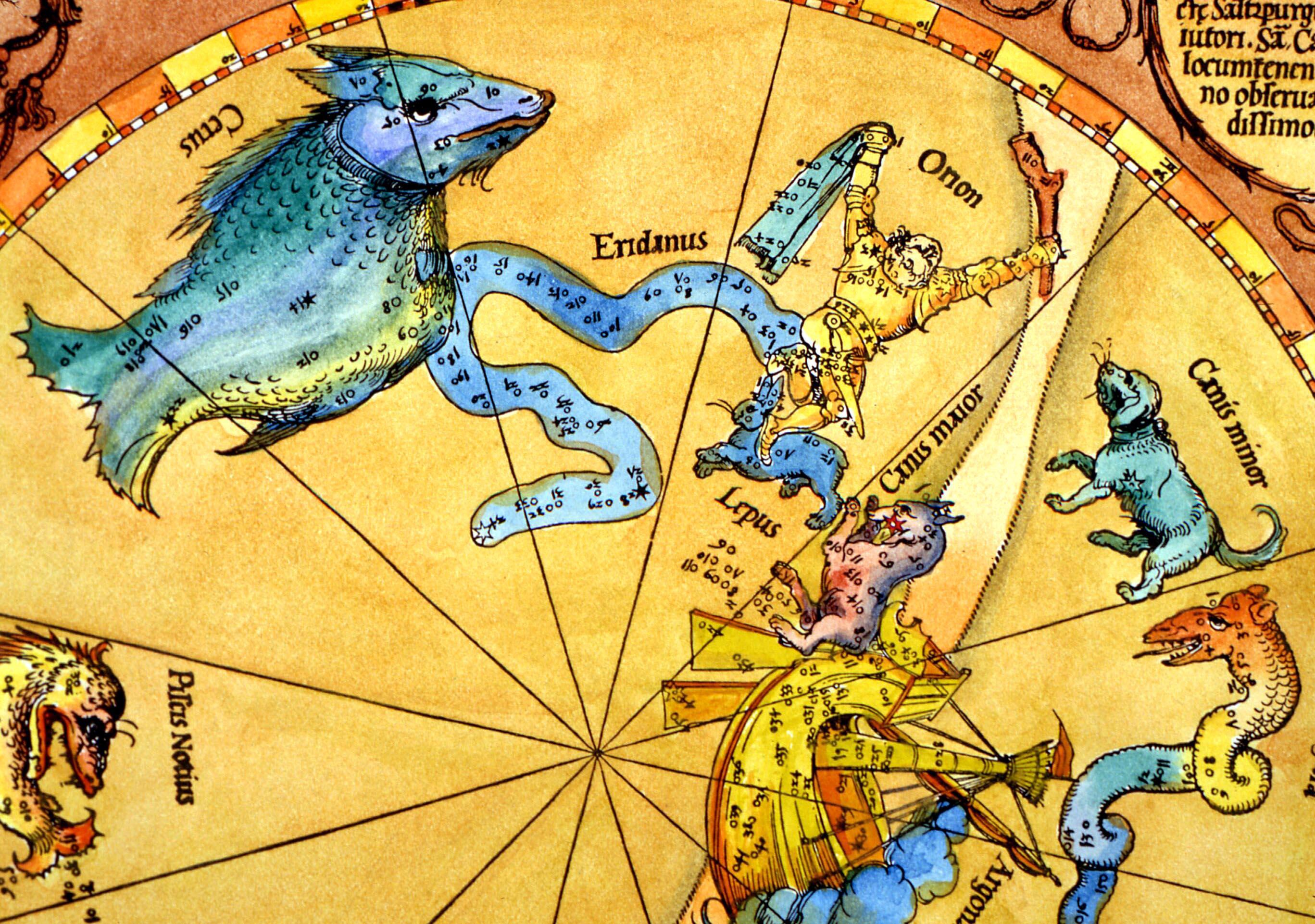For reasons of lethargy alone, this column was written days later than I originally planned. There’s a ready excuse for my indolence – these are the dog days of summer. Evoking panting, dog-tired canines seeking shade, it’s the perfect term to describe these lazy days of high-summer heat and holidays.
I’d long assumed the etymology was modern, and since my childhood have associated the dog days with the languid Alabama summer school vacations of Scout and Jem that Harper Lee so vividly evoked in To Kill a Mocking Bird. The shooting by Atticus Finch – one of my all-time literary heroes – of a raving, rabid dog only served to underlined this.
But during research on medieval monasteries, I was pleasantly confounded to discover that the dog days have been a recognised phenomena since the dawn of European recorded history. Their disagreeable influence on human behaviour has been acknowledged for just as long, including by medieval monks and scribes.
Between the sixth and the sixteenth century, the duration of the dog days was meticulously recorded in calendars of saints’ feasts and other holy days, and physicians, philosophers and theologians penned treatises on how their most malign effects could be avoided or mitigated.
The dog days have their origins in the heavens, describing the period after the rising of the star Sirius — the Dog Star — in the constellation Canis Major. The brightest sky in the night sky, it captured the attention of ancient astronomers and the imagination of Classical authors.
Homer’s Iliad, the foundational epic of European literature, described the return of Sirius as an “evil portent, bringing heat and fever to suffering humanity”. The Dog Star and the season under its influence became synonymous with scorching heat and all that entailes.
Riffing on the musings of earlier Greek and Roman authorities, St Isidore of Seville (d. 636), reasoned that the brightness of Sirius amplified that of the Sun, so that its “heat is doubled and bodies are dissolved and vaporised”.
Scholars in Anglo-Saxon England were likewise aware of the Dog Star’s “fiery and raging nature”. Determining precisely which days were under Sirius’s baleful dominion was therefore a priority of medieval calendar computus. The accepted dates became the second of the ides of July to the nones of September – that’s 14 July to 5 September to you and me.
The beginning and end of the dog days – “dies caniculares” in Latin – were routinely recorded in liturgical calendars. These include a late medieval example from Whitby Abbey which I recently had the pleasure of transcribing and translating. Its monks, and those of countless other monasteries across Europe, would’ve known all too well that the dog days weren’t just the hottest of the year but also the unhealthiest.
The reasons are succinctly explained in Bald’s Leechbook, a ninth-century Anglo-Saxon manuscript containing medical texts gleaned from various ancient authors. This cautions against initiating any new medical treatment or undergoing blood letting – a mainstay of medieval medicine – during the dog days. It further recommends remaining inside at noon (advice that resonates with that provided during the heatwaves of summer 2022), adding that at this hour the ancient Romans resorted to “earth houses” due to “the boiling heat and the venomousness of the air”.
This prohibition against high-summer bloodletting endured to the fifteenth century. John of Burgundy’s influential tract Against the Pestilence – that’s to say, the Plague, or Black Death – asserted that although bloodletting, “cleanses the blood, makes it clear and destroys sickness” it should never be undertaken during the dog days.
It’s been annotated, together with various medicines and remedies, into a breviary owned by the late medieval abbots of Muchelney. Their physical health seems to have worried them as much as their spiritual wellbeing. Although they might not have understood why, medieval healers were apparently well aware that hot weather was accompanied by a heightened risk of infection.
Bald’s Leechbook notes that “every man will be weaker who is bled on these days [i.e. the dog days] and some will not escape with their lives”. There was also a concern that, because of the heat, a vein opened during high-summer bloodletting would not close and heal. Bald’s Leechbook suggests a stomach churning treatment for such cases: “If you cannot stop a bleeding wound, take a fresh horse turd, dry in the sun or by a fire, rub it in the dust very well, put the dust very tick on a linen cloth, tie up the bleeding wound with it during the night.”
The heat of the dog days was also thought to affect the “four humours,” the balance of which was considered essential to good health. Canines were as vulnerable as humans. Madness in dogs, rabies, was attributed to “corrupt and i-rotid” black bile caused by a hound’s consumption of meat made rancid by the sultry summer sun.
The dog days coincided with the beginning of the harvest. Its success could be a matter of life and death. This was no time for heat induced lethargy and ennui. Even monks and nuns were expected to play their part in the backbreaking labour, reciting the daily services in the fields as they toiled from dawn to dusk. The loss of crops to vermin was an ever pressing concern.
One tenth-century text recommends a lethal potion containing hemlock, “squirting cucumber” and “stinking nightshade” for the extermination of voles that proliferated during the hot days.
But dog days weren’t regarded as entirely negative. They were thought the ideal time to make an anaesthetic potion containing “Egyptian opium juice, henbane, poppy, mandrake, ivy, blackberries, hemlock” and for reasons I can’t quite determine, lettuce. It’s described in a medieval Welsh manuscript as “a pleasing drink to cause a person to sleep while he is being cut open”. Perhaps the sleepiness associated with the dog day afternoons of its preparation were thought to amplify the concoction’s (doubtlessly very welcome) soporific qualities.



 Loading ...
Loading ...
What do you think?
You can post as a subscriber user ...
User comments (0)